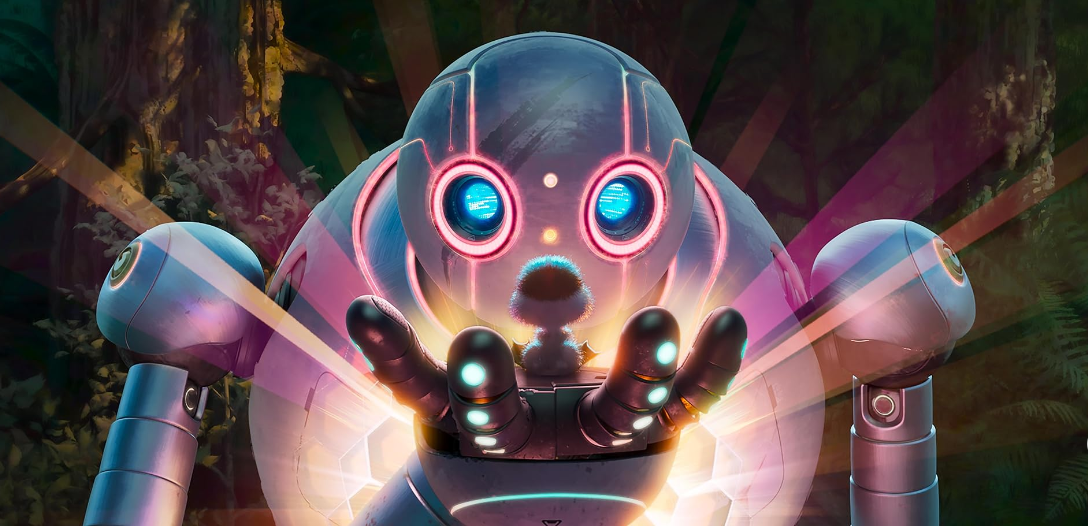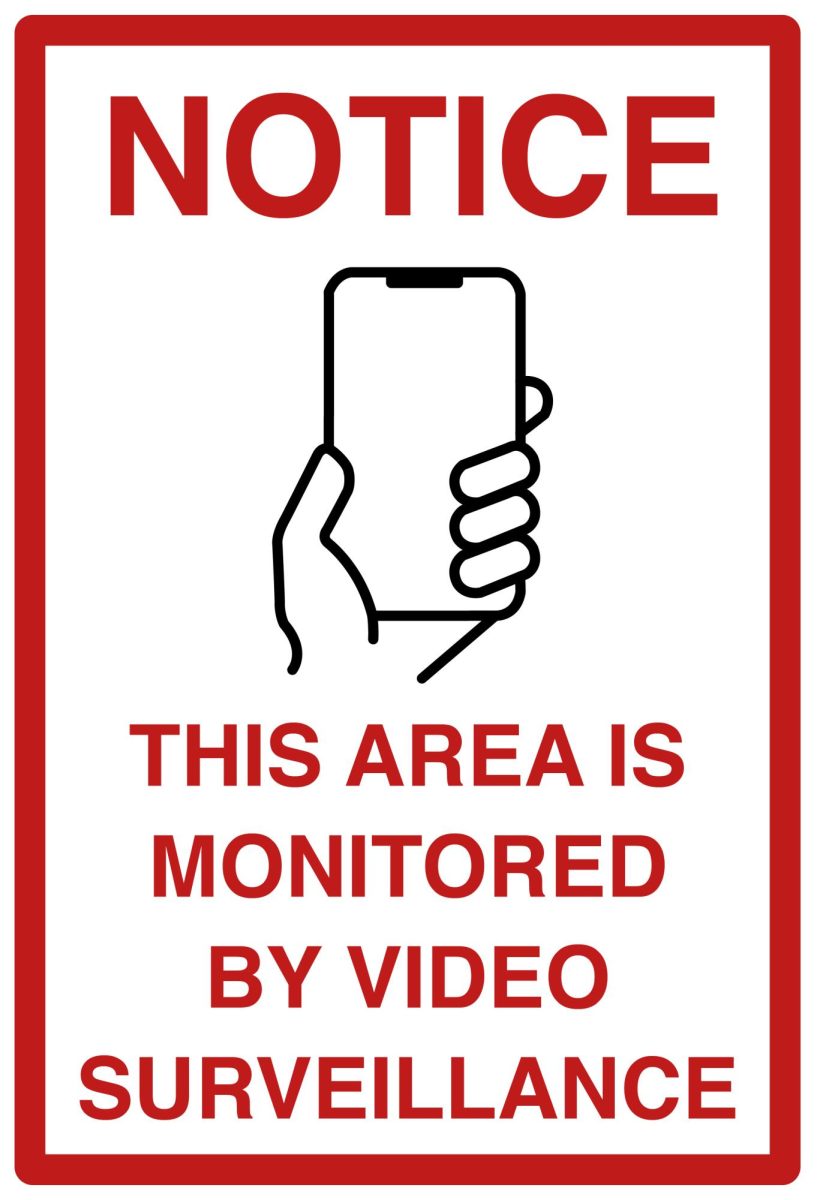In case you haven’t noticed, College Station traffic can be outrageous.
Sure, we have the bus system — which, although it’s great, could definitely use a few improvements. You could also ride on a scooter or bike to campus. But realistically, a lot of people won’t do that. Instead, they’ll opt to drive.
That’s nice for them, but more drivers on the road creates a frustrating negative externality: Too many people driving makes everyone worse off due to congestion issues, even if each driver is maximizing their own comfort. I would hope — and I imagine most would agree — that Texas A&M’s administration has a solution to this problem. Fortunately, it does.
So what innovative technology will A&M use to correct this issue? Instead of creating better public transit options — or simply lowering student enrollment and leaving the transit infrastructure as it is — administrators are considering building more roads. But this time they’ll be contained in underground one-lane tunnels.
If you’re confused about why anyone thinks this is a good idea, trust me, I’m right there with you.
The basic idea is that a tunnel would be built underground between some of the most congested areas on campus. It would have electric vehicles — probably Teslas — already inside of it. Students would simply get into one of these vehicles at what would effectively be a subway station, ride to the other side of campus underground, and hop out at the other station.
As futuristic as this might sound, there are two major problems with it. One, Elon Musk’s The Boring Company — the corporation administrators pitched to be in charge of the project — has not been very successful with similar tunnels in the past. Two, there’s no good reason to prefer this tunnel system over other forms of public transportation, some of which we already have in place.
If you haven’t heard of any of The Boring Company’s projects, let me just introduce you to one of its more frustrating ones: the Las Vegas Loop. Consisting of about 1.7 miles of underground tunnel, the loop was designed to be a form of public transit but seems to present itself as more of an elaborate tech showcase. Although the company built it in only a year, it cost $47 million to fully create, putting aside any operating costs.
Obviously, that’s a lot of money, but the high price tag isn’t the only issue. Once it began operating, backed-up traffic became commonplace because the tunnel was only one lane wide, and if anyone or anything obstructed that one lane, it would have to be closed down even if other cars were still in the tunnel. That didn’t make for efficient transportation on anything except the most leisurely of time constraints.
In order to build something like this, the university administration and The Boring Company would have to contend with both the financial and technical limitations of the project. Does A&M really have $47 million to spend on a tunnel that might not even transport students efficiently? The transportation budget is already tight if A&M’s own statement about the bus system operating at “maximum capacity” is to be believed, so who knows if they could really pull this off.
And what happens when students on a tight schedule need to get to class but end up getting trapped in the tunnel? At least if something weird happens with the bus, you can take a scooter or drive a car. If you’re already in the tunnel, you’d have to wait and hope you don’t lose your last unexcused absence.
Even with all this, I think there’s a more fundamental issue here: Even if A&M had $47 million to spend on this system, it likely still wouldn’t be worth it.
Expanding the bus system wouldn’t be cheap at roughly $500,000 per new bus and $68.30 per hour to run each new bus, but adding a few more might help with transportation while still keeping costs down compared to building tunnels. According to some quick estimates I ran with A&M’s own numbers linked above, the university could add 25 more buses and run them for 10 years at less of a cost than building the new tunnel system. That would increase the total bus count by approximately 25%.
Despite its flaws, the bus system works. We don’t know if the same would be true with these tunnels, and we haven’t even considered the innate difficulties of implementing new transit technology as well as operating costs for the Teslas in the tunnels.
Ultimately, the issue comes down to the conflict between aesthetics and functionality. Good and useful technologies excel in functionality and look good later. Sure, some of the buses and transit options out there aren’t flashy, but we know they work — or at least why they sometimes don’t work. The tunnels might sound like a cool idea to some, but they ultimately place aesthetics above functionality. Maybe that’s interesting the first time you go, but I wouldn’t want to miss something important just to look cool.
Kaleb Blizzard is a philosophy sophomore and opinion writer for The Battalion.












Kev • Nov 17, 2024 at 9:16 pm
I don’t think you analyzed the loop data very well. It’s actually quite successful. I’ve ridden it personally many times and it’s darn near hassle free, certainly more hassle free than anything else i’ve tried.
Also you didn’t mention the other bidders for the loop, they were 3 times as expensive and projected to take years longer. The loop opened in record time. Also other tunnels per mile are near 10 times as expensive and take 4 times longer to construct.
Greatest thing about it is it disrupts nothing, it’s the only system that both doesn’t touch anything else and has useful points of entry. The monorail you have to walk to tibet in many places to enter it but these tunnels are small enough that you can place entrances in many more useful spots.
Just my humble opinion.
Andrew • Nov 10, 2024 at 4:04 pm
I should correct one inaccuracy in my earlier comment, A&M is of course not in Vegas (apologies for my confusing it with UNLV) so won’t be getting it’s tunnels bored for free by The Boring Co.
However, the construction cost for Loop tunnels is around $20m per mile which is still significantly cheaper than the $202m per mile for above-ground light rail and the $600m – $1 billion per mile for subways.
So the Loop is still very compelling even for a non-Vegas institution like A&M.
Andrew • Nov 10, 2024 at 8:54 am
Kaleb, I recommend you look into the Loop more deeply as I think you’ll then realise it is actually a very compelling public transit solution for the University.
For starters it won’t cost the University $47m as the Boring Co is building the 68 miles of tunnels of Vegas Loop for free – no cost to the Uni. The Loop stations themselves are all that A&M will need to pay for and they’re very cheap at only $1.5m each (compared to $100m for a subway station). There will be eventually be 104 Loop stations across Vegas.
In comparison above-ground light rail costs $202m per mile and subways cost $600m – $1b per mile so the Loop is extremely cheap to construct.
The current 5 station Convention Centre Loop is already handling up to 32,000 passengers per day with 10 second wait times and being underground avoids all surface traffic that above-ground buses suffer from.
And no, they haven’t experienced any traffic jams in the tunnels to date (just one slight slow-down due to a convention centre entrance being closed). And it won’t be a problem if there is ever a breakdown in a tunnel as the 68 mile Vegas Loop will have 10 east-west tunnel pairs and 9 north-south tunnel pairs to easily route around any problems.
Melci • Nov 10, 2024 at 8:32 am
Kaleb, I recommend you look into the Loop more deeply as I think you’ll then realise it is actually a very compelling public transit solution for the University.
For starters it won’t cost the University $47m as the Boring Co is building the 68 miles of tunnels of Vegas Loop for free – no cost to the Uni. The Loop stations themselves are all that A&M will need to pay for and they’re very cheap at only $1.5m each (compared to $100m for a subway station). There will be eventually be 104 Loop stations across Vegas.
In comparison above-ground light rail costs $202m per mile and subways cost $600m – $1b per mile so the Loop is extremely cheap to construct.
The current 5 station Convention Centre Loop is already handling up to 32,000 passengers per day with 10 second wait times and being underground avoids all surface traffic that above-ground buses suffer from.
And no, they haven’t experienced any traffic jams in the tunnels to date (just one slight slow-down due to a convention centre entrance being closed). And it won’t be a problem if there is ever a breakdown in a tunnel as the 68 mile Vegas Loop will have 10 east-west tunnel pairs and 9 north-south tunnel pairs to easily route around any problems.
Donny russell • Oct 30, 2024 at 3:34 pm
I would like to see something like the people movers at large airports, where there is a circulating tram going around campus with a walkway in the middle, so if you need to travel a great distance, hop on the tram, if it is just 3 or 4 buildings away, you can walk in air conditioning and stay dry when raining outside.